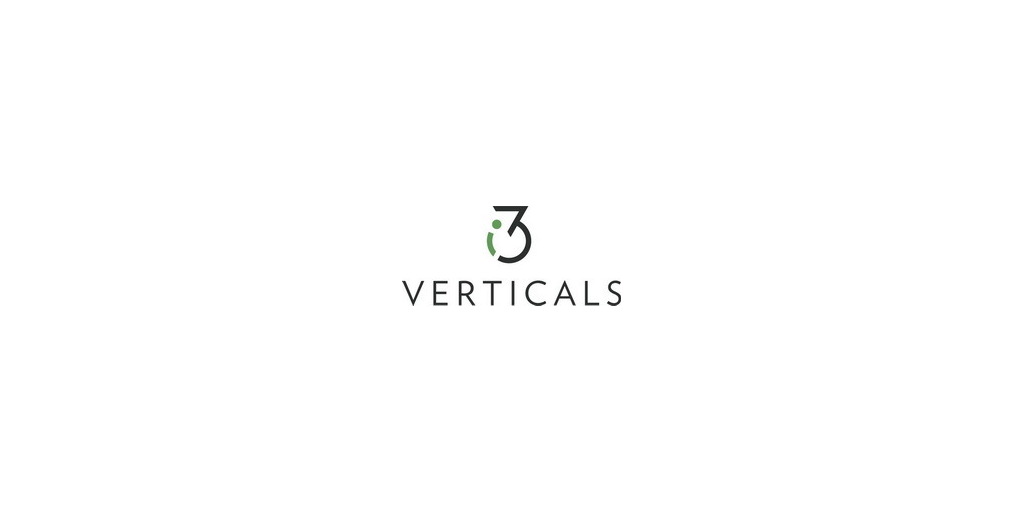
IIIV
i3 Verticals, Inc.
$23.67
0.1
(0.42%)
| Exchange: | |
| Market Cap: | 565.951M |
| Shares Outstanding: | 7.803M |
About The Company
| Sector: | Technology | |||||
| Industry: | Software – Infrastructure | |||||
| CEO: | Gregory S. Daily | |||||
| Full Time Employees: | 1480 | |||||
| Address: |
|
|||||
| Website: | https://www.i3verticals.com |
i3 Verticals, Inc. provides integrated payment and software solutions to small- and medium-sized businesses and organizations in education, non-profit, public sector, and healthcare markets in the United States. It operates in two segments, Merchant Services, and Proprietary Software and Payments. The company offers payment processing services that enables clients to accept electronic payments, facilitating the exchange of funds and transaction data between clients, financial institutions, and payment networks. The company also licenses software; and provides ongoing support, and other point of sale-related solutions. It offers its solutions to clients through direct sales force; distribution partners, including independent software vendors, value-added resellers, and independent sales organizations; and referral partners, such as financial institutions, trade associations, chambers of commerce, and card issuers. The company was founded in 2012 and is headquartered in Nashville, Tennessee.
Click to read more…
Revenue Segmentation
EPS
Earnings Call
Income Statement
(* All numbers are in thousands)
Balance Sheet
(* All numbers are in thousands)
Cash Flow Statement
(* All numbers are in thousands)
Analyst Estimates
(* All numbers are in thousands)



